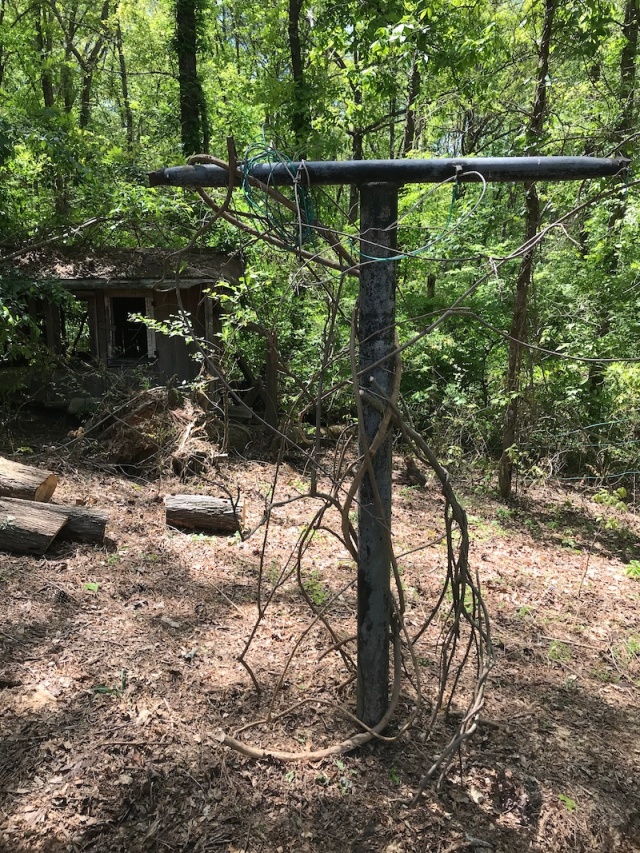Go Slow—Adults Playing! by T.K. Thorne
I just read an article about the importance of connecting or reconnecting with our playful selves. “It offers a reprieve from the chaos.”
That sounded intriguing. There is certainly a lot of chaos going on at the moment. I could use a reprieve.
When we were children, we didn’t play to accomplish anything. We just played. Explored. Play = fun. Fun was an end goal. We didn’t post stuff we did to social media or analyze what we learned. We just played. Learning was the byproduct of curiosity.
If I may borrow a biblical phrase—And it was good.
But who knew there were personality play traits?
One study broke preferences down into four categories:
- other-directed (enjoy playing with others),
- lighthearted (nothing too serious, please; let’s improvise!),
- intellectual (ideas, thoughts, wordplay, and problem-solving), and
- whimsical (doing odd or unusual things in everyday life).
Our play as adults adapted from what we naturally enjoyed (our play preference) as children. Some adults, for example, “seek fun through novelty, whether it’s traveling to new places, exploring new hobbies, or buying new gadgets.”
“List the activities you enjoyed as a kid,” the article suggested, “then brainstorm the grown-up version.”
So, here goes:
I liked to climb trees. I had a special tree in the front yard, a young live oak with inviting arms that was my special place to go when things got tough, or I wanted a different perspective, or a steady, quiet friend. There was also the top shelf in the tiny linen closet that had an antique oval glass window where I could look out at the world, but no one could see me.
I rode many amazing chimera horses that were my legs, jumping over logs, chairs, bushes, and anything in my path. And if there weren’t enough things in my path, I would put them there to jump over. (Would you believe that is a sports competition now with adult people? It’s called “hobby horsing!” ) I currently have three real horses in my yard, but they think they are living at the Horse Retirement Riviera, and I doubt “jumping” anything is on their play list.
I did have a Barbie doll, but she was in reality a prop for my plastic Breyer horses. To my annoyance, she could only ride sidesaddle with her legs sticking out straight. I draped my horses in my mother’s costume jewelry and had them interact in elaborate storylines, often without the interference of people characters. Who needed them?

Screenshot
Lest you think me a hermit, in the first decade of my life, I did interact with others in play. I remember games of Red Rosie, tag, touch football and kickball, but when we didn’t have enough people for that or were too young to join in, I participated in impromptu gatherings where we acted out scenarios. I was usually the bossy “director.”
“You are the prince. And you are the princess. And you are the merchant. And you are secretly in love with the queen and, oh yeah, I am the queen….”
Hmm.
At least in part, intellectual play seems to have appealed to me. That sparked this idea:
Maybe I need to look at writing, not as a chore TO DO, but as a chance to play.
I like that.
So, hang on. We’re just playing here.
When I write, I often use two of the most powerful words that I know of. They open doors into imagination, exploration, and . . . play.
They are (cue drum roll)—
“What if . . . ?”
- What if I were a rookie police detective . . . and a witch?*
- What if Noah’s wife was an amazing young girl on the spectrum?*
- What if the story of the church bombing that killed four young girls was told by the investigators who chased down the evidence and pieced it together to bring justice decades later?*
- What if a young desert girl posing as a boy was able to travel with her caravan merchant father and had a little problem with obedience?*
- What if the story about civil rights in Birmingham was far more nuanced and complex than anyone realized?*
- What if a young musical genius has an alien BFF?*
What if I just thought I was a serious writer, but I am actually just playing?
[Laugh of delight!]
How did you play? Is there a way to replicate that now, to permit yourself to do something just for the joy of it?
*The results of my adult play:
-
*The results of my adult play:
- House of Rose/House of Stone/House of Iron
- Noah’s Wife
- Last Chance for Justice
- Angels at the Gate
- Behind the Magic Curtain: Secrets, Spies, and Unsung White Allies of Birmingham’s Civil Rights Days
- Snow Dancers
![]()
I write about what moves me,
following a flight path of curiosity, reflection, and imagination.
Check out my (fiction and nonfiction) books at TKThorne.com


























